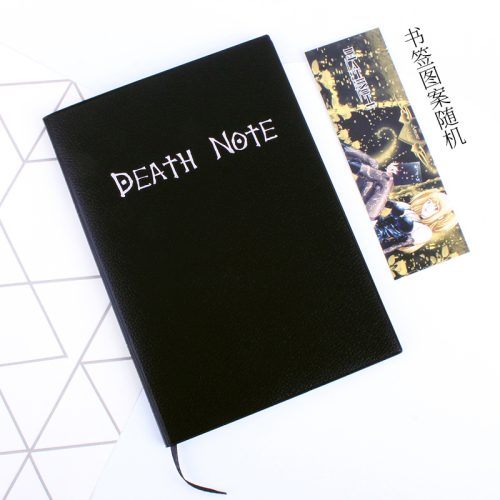The history of fountain pens is a fascinating journey that spans centuries and reflects the evolution of writing instruments. Here’s an overview of the development of fountain pens, from their origins as quill pens to the modern classics we know today:
- Quill Pens (5th Century to 19th Century): Before the invention of the fountain pen, quill pens made from bird feathers were the primary writing instruments. Scribes and scholars would fashion these quills into writing nibs, dip them in inkwells, and write on parchment or vellum. Quill pens were widely used for centuries and are considered the precursor to modern fountain pens.
- Early Fountain Pens (17th to 18th Century): Early attempts to create a self-contained ink system date back to the 17th century. Innovations included pens with internal ink reservoirs and feed systems, but these early designs were often unreliable and messy.
- The Birth of the Fountain Pen (Late 19th Century): The first practical fountain pen is attributed to Lewis Waterman, an American inventor. In 1884, Waterman patented a fountain pen with a feed system that controlled ink flow and prevented leaks. This breakthrough marked the birth of the modern fountain pen.
- Gold Rush of Fountain Pen Innovation (Late 19th to Early 20th Century): Waterman’s invention spurred a flurry of innovation in the fountain pen industry. Companies like Sheaffer, Parker, and Montblanc introduced their own designs and improvements, including advancements in nib design, filling mechanisms, and ink containment.
- World Wars and the Fountain Pen (20th Century): Fountain pens were widely used throughout the 20th century. During World War II, fountain pens were issued to military personnel for note-taking and record-keeping. The Parker 51, introduced in 1941, is often considered one of the most iconic pens of this era.
- Ballpoint Pen Competition (Mid-20th Century): In the mid-20th century, ballpoint pens gained popularity due to their convenience and lack of ink spills. This led to increased competition and innovation in the fountain pen industry as manufacturers sought to maintain their market share.
- Modern Classics (Late 20th Century to Present): Fountain pens have persisted as cherished writing instruments for enthusiasts and collectors. Companies like Pelikan, Lamy, and Pilot continue to produce high-quality fountain pens with innovative features and materials. Some modern fountain pens pay homage to classic designs, combining traditional aesthetics with modern technology.
- Limited Editions and Luxury Pens: Many fountain pen manufacturers produce limited-edition and luxury pens with unique materials, craftsmanship, and designs. These pens often become collector’s items and are highly sought after by enthusiasts.
- Resurgence of Interest: In recent years, there has been a resurgence of interest in fountain pens and the art of handwriting. Fountain pens are embraced by a new generation of users who appreciate the tactile experience and personalization they offer.
Fountain pens have come a long way from their humble quill pen origins. They have evolved into timeless writing instruments cherished for their craftsmanship, elegance, and versatility. While modern technology has brought us digital writing tools, fountain pens continue to hold a special place for those who appreciate the beauty and artistry of handwriting.


